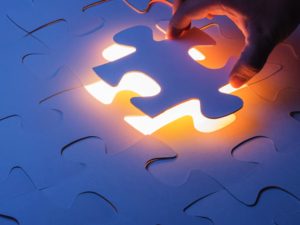 I’ve always enjoyed solving puzzles and problems. I’d like to think I’m pretty good at it. And yet despite my well-honed problem solving skills, I’ve discovered a whole slew of problems that aren’t really meant to be solved. Instead they seem to be journeys that must be traveled. Often these are journeys through physical and/or emotional pain and loss. The journey involves self-discovery, lessons learned and hopefully – eventually – transformation. It’s a journey that doesn’t lend itself to a predictable time schedule. But I’ve discovered a few life hacks that seem to lessen the suffering and speed up the process of transformation.
I’ve always enjoyed solving puzzles and problems. I’d like to think I’m pretty good at it. And yet despite my well-honed problem solving skills, I’ve discovered a whole slew of problems that aren’t really meant to be solved. Instead they seem to be journeys that must be traveled. Often these are journeys through physical and/or emotional pain and loss. The journey involves self-discovery, lessons learned and hopefully – eventually – transformation. It’s a journey that doesn’t lend itself to a predictable time schedule. But I’ve discovered a few life hacks that seem to lessen the suffering and speed up the process of transformation.
On a recent yoga retreat to Guatemala I was reminded of the process. It began with a few stomach pains that came in waves and then left with no apparent connection to anything. “Uh –oh – could this be food poisoning or some bacterial infection taking over?” I’d been careful to only drink bottled water and to keep my mouth and eyes closed in the shower. Hmmm. I vascillated between denial “It’s nothing,” and resistance “Oh my gosh this can’t be happening to me while I’m on retreat. This will totally ruin everything. I almost never get sick. Why now? Why me?” When I mentioned my predicament to the retreat leader she reminded me of what I already know, which is Step 1.
Step 1: Become Curious
Bring an attitude of curiosity to the sensations I’m feeling in my body. Without telling myself stories (e.g. I’m going to be so sick – this is horrible), simply notice sensation. Where do I feel this? How deep is it? How does it move? Is it sharp or dull? How long between sensations? Etc.
When I move into the role of the observer, it helps me move out of resistance to what is happening. That movement immediately decreases the suffering. It’s the resistance to what is happening that creates the suffering. It’s also the grim stories that I tell myself that contribute to my suffering. Often the stories borrow trouble from the future or the past and don’t do anything to help. As soon as I drop the stories and move out of resistance by being present with what is, it can get pretty interesting – like as if I’m a scientist or a reporter gathering information and honing my ability to observe.
Step 2: Recognize Expectations
 Recognize the expectations I had that haven’t been met. Then let those expectations go. Expectations are really part of the story I tell myself that contributes to my suffering. I’ve come to realize how much energy I put into my frustration that my expectations haven’t been met. It strikes me that it’s like a toddler having a tantrum because she can’t get her way. Finally – after she has exhausted herself with kicking and screaming – she stops fighting what is and lets go of it all. Once she really lets go – only then is she able to move on. So I always need to ask myself, “How long do I want to struggle with my disappointment with what is? How long do I want to fight reality? The sooner I can acknowledge my disappointment and let go of the expectations I had– the sooner I can move on.
Recognize the expectations I had that haven’t been met. Then let those expectations go. Expectations are really part of the story I tell myself that contributes to my suffering. I’ve come to realize how much energy I put into my frustration that my expectations haven’t been met. It strikes me that it’s like a toddler having a tantrum because she can’t get her way. Finally – after she has exhausted herself with kicking and screaming – she stops fighting what is and lets go of it all. Once she really lets go – only then is she able to move on. So I always need to ask myself, “How long do I want to struggle with my disappointment with what is? How long do I want to fight reality? The sooner I can acknowledge my disappointment and let go of the expectations I had– the sooner I can move on.
Step 3: Feeling Wholeness
Begin the process of seeing and feeling wholeness and allowing a sense of gratitude for the wholeness to well up within me. Seeing, believing and feeling wholeness is critical to the process. It’s the light that guides the transformation process into well-being.
While on the Guatemala retreat I met with an energy healer. She told me that we are always co-creating with a higher intelligence that surrounds us and never leaves us. We co-create via our thoughts, feelings, and actions. Mostly we are unconscious of our co-creating. When we are unconscious of this process, we can often work against our well-being. However, we have the power to use our feelings and thoughts to consciously co-create outcomes for our highest good. Seems like a great concept to experiment with – and then observe what happens.
This process worked well for me with regard to my situation in Guatemala – which turned out to be nothing serious and resolved within a day. When I used this process to deal with a deeper long-standing emotional issue – the process of transformation took much longer. The journey was intense. But it was reassuring to have this process as a guide to assist me in my journey. I can’t say that I fully understand how this process works – especially the process of co-creation. But I appreciate having the map as a tool to help me weather the journey and decrease suffering as I move through transformation.
Sue Hardman-Conklin
Questions to Ponder:
- Have you experienced problems that are journeys rather than something to be solved? If so, what was the process of your journey? Did it involve self-discovery and/or transformation or learning?
- Do you pay attention to your thoughts and stories and whether they are helpful or harmful to your well-being?
- Are you open to the possibility of using your imagination to see and feel wholeness within? If not, what stops you?
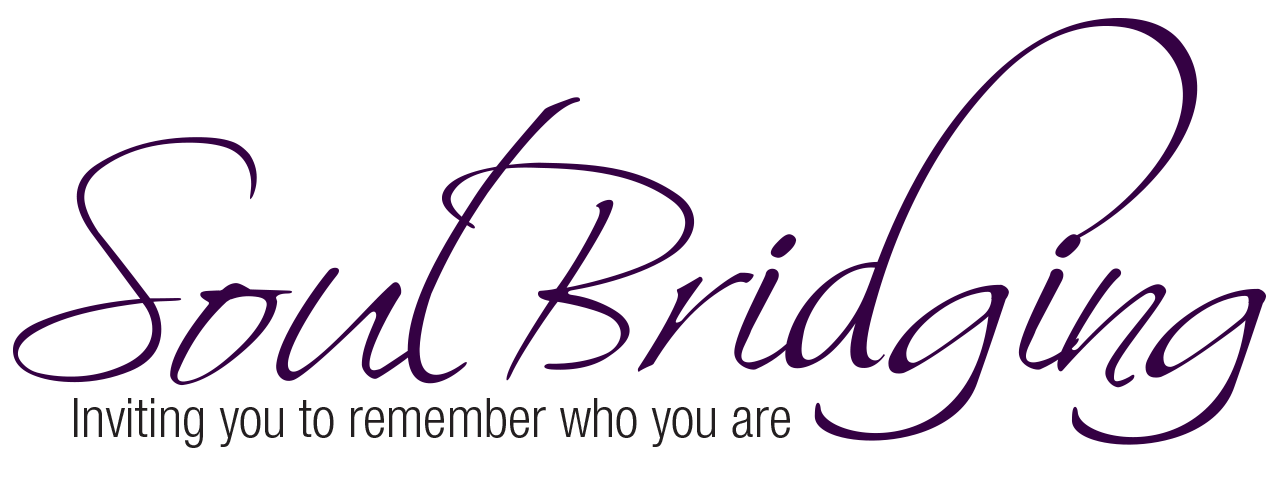

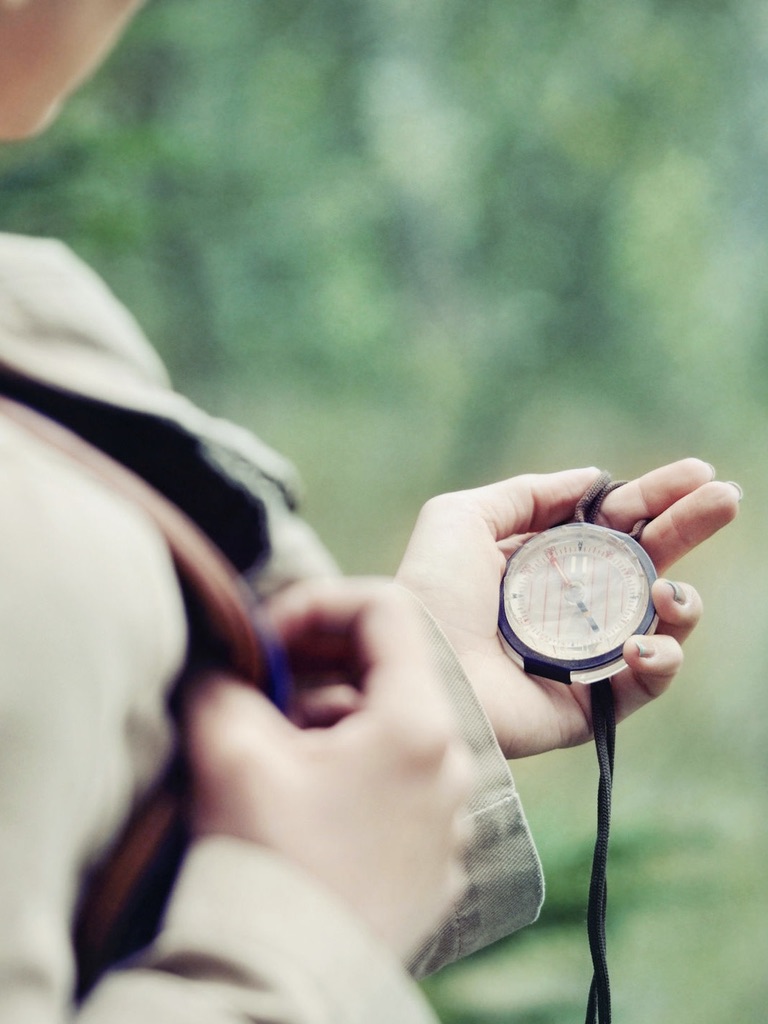
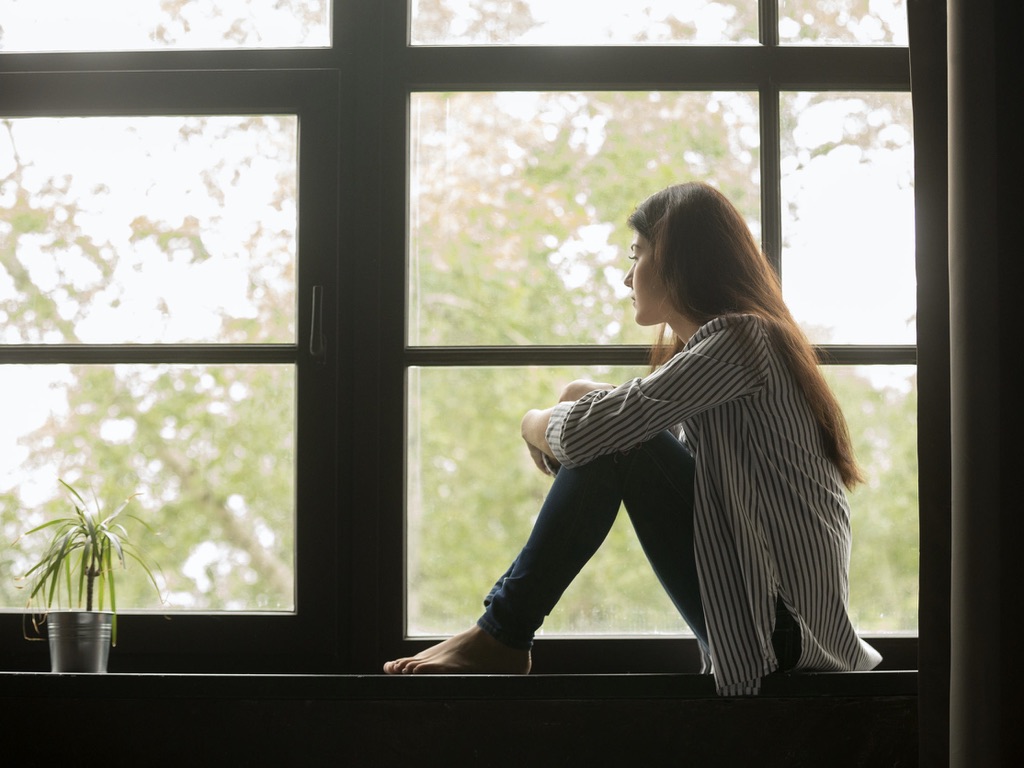
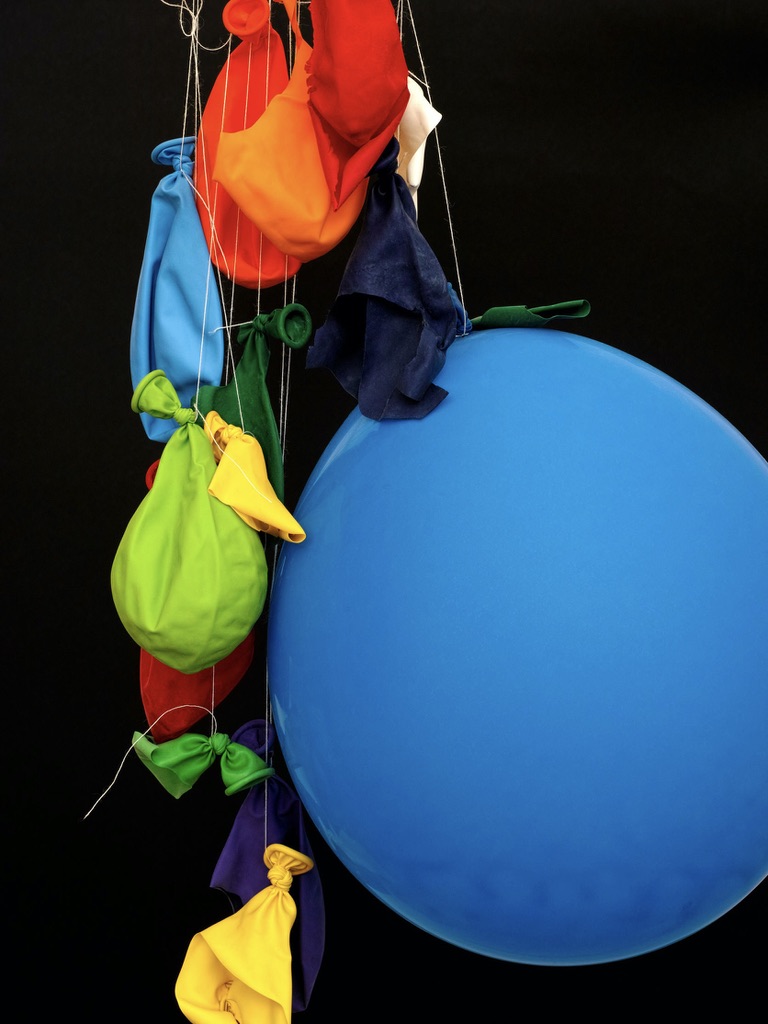
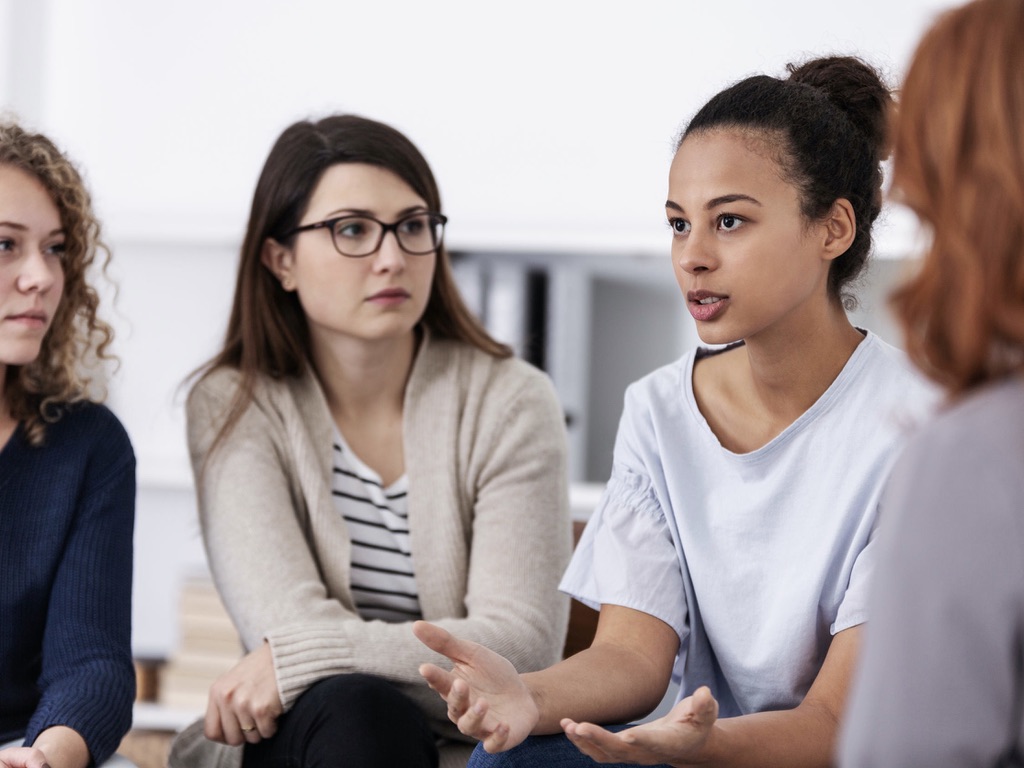

Join the Conversation